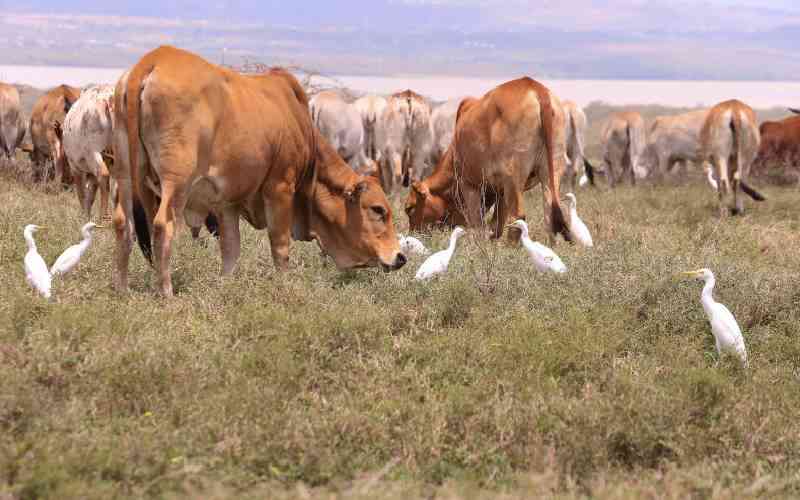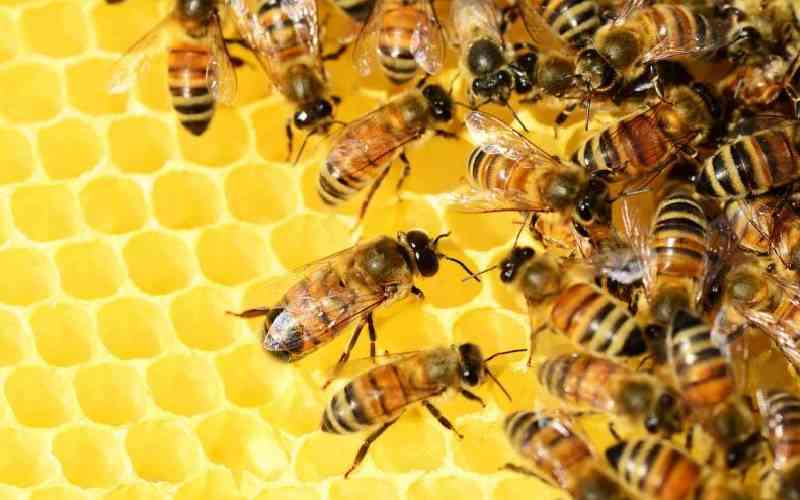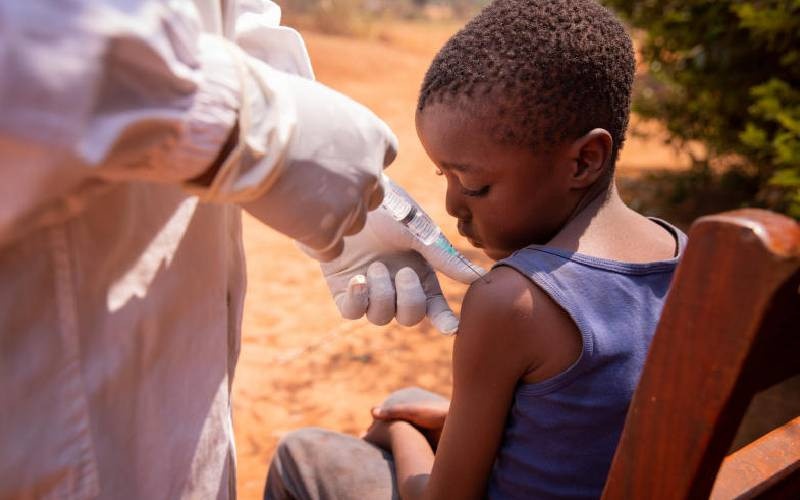
With deep nostalgia, Bishop James Omolo Akonya of The Holy Trinity Church of Africa, known as Hera in Luoland, fondly recalls the ‘owang: owang’ (crane) birdsong as the iconic noble birds used to rhythmically flap their wide wingspans over the Ururi skies in Yimbo, Siaya District.
“That was in the 1970s when the beauty of the flock’s flight to and from Msoche Beach on the Lake Victoria Basin filled the air to the delight of Ururians,” Akonya reminisces, recalling how the birds used to wake them in the early mornings and bid them farewell in the evenings.
Now, with a heavy heart, the Bishop laments, “Nowadays, I can’t track them in their once swampy habitats—Msoche, Usigu, Usenge, Uhanya, Majimbo, Osieko... they are nowhere to be seen. I wonder where the noble birds with golden crowns, red-throated pouches, and slender black legs have gone.”
He glances towards the lake as if expecting them to magically reappear. Though he acknowledges their return is unlikely, Akonya admits that, much as the grey crested cranes once raided crops in subsistence farms, they were never a threat to local food security.
“We adored them for their beauty, elegance, and songs, even composing praise songs in their honour,” Akonya declares. “Back then, climate change was unheard of.”
“There were fewer people, and all wetlands were intact. The forested trees, where the cranes lodged at night, were untouched. These included the enormous Ober Owang (Crested Crane’s Tree), which fell victim to loggers and charcoal burners in Ururi.”
He recalls the bounty of the past: “There was always enough harvest from the March-April-May season, not only to feed families but to store in granaries for more than a year. Hunger was a stranger, unlike now.”
However, Bishop Akonya attributes recent poor harvests to erratic weather patterns caused by climate change.
Recalling his sweet childhood days Akonya explained, “Nobody dared kill a grey crested cranes, because we were threatened if one dared do so, the the slain bird’s kin would come continually honking to mourn the deceased. This continual honking to mourn one of their own by the birds kin, we were told would haunt and curse the murderer and his family with insanity (to ran mad),” laughed the bishop adding , with such instilled fears, non dared, touch the birds.
Despite their presence in Burundi, the Democratic Republic of Congo, Mozambique, South Africa, and Zimbabwe, grey crested crane numbers are plummeting. Uganda’s population has dwindled from 100,000 in 1980 to just 10,000 in 2024. Kenya had 37,000 in 1987; by last year, fewer than 10,000 remained. Rwanda has just 500 in the high-elevated Rugezi marshes.
This alarming decline has led the International Union for the Conservation of Nature (IUCN) to classify the species as endangered. The International Crane Foundation (ICF) reports that, while not migratory, the cranes move locally based on food availability and nesting sites.
Mzee George Aswan, an elder from Ururi, recalls their breeding habits: “They bred in one place and returned annually. Any destruction of such sites disrupted their egg-laying cycles.”
The elegant waterfowl, weighing about 7.7 kilogrammes and standing a metre tall, can live 22 to 30 years in the wild and over 60 years in captivity. However, the ICF notes that breeding in captivity remains rare.
The disappearance of the cranes is a warning sign. Experts explain that their absence signals diminishing wetlands and food sources—ecosystems vital to birds, plants, animals, and even humans.
As human populations grow, wetlands are drained and converted into farmland, as seen in Kenya’s Yala Swamp and Uganda’s Kigezi wetlands. Unfortunately, during the harvest season, farmers kill cranes or poison them with pesticides. Some cranes also fall victim to electrocution by power lines.
Further exacerbating the problem, the birds are poached for their eggs and killed for traditional medicine in Rwanda, Burundi, and the DRC.
“People not only poach the crested cranes’s eggs, but kill and sell the birds for black magic (witchcraft) in Rwanda, Burundi and Dr Congo,” Kasujja Mnange said.
“With fewer places to call home and less food to eat, the grey crested crane population is declining rapidly,” warns Prof. Leo Juma Ogalo of Kisumu’s Great Lakes University. He stresses that this affects research, tourism, biodiversity, and human livelihoods.
Despite these dire conditions, bird experts remain hopeful. In the wild, grey crested cranes fiercely protect their territories and can live for decades. In captivity, they form lifelong monogamous bonds, performing elaborate courtship dances.
“Their elegant dance is one of the reasons they remain beloved worldwide,” says ornithologist Boaz Otiato from Nakuru.
In 1980, Uganda honoured the grey crested crane by making it the national bird. Conservationist God Ochuodho appeals to the Kenya Wildlife Service (KWS) and Kenya Forest Service (KFS) to take immediate action, fearing extinction is inevitable if nothing is done.
A glimmer of hope emerged on World Tourism Day 2025 when Tourism and Wildlife Cabinet Secretary Rebecca Miano launched the National Single Species Plan for the Grey Crested Crane (2024-2035). This roadmap aims to protect the bird and restore its habitat while promoting economic growth through tourism, agriculture, and ecosystem services.
KWS Director General Erustus Kanga emphasises the need for innovative funding to balance national development with conservation efforts. “It’s not just the government’s responsibility—we need collective action from communities and stakeholders,” he says in ending.
 The Standard Group Plc is a multi-media organization with investments in media
platforms spanning newspaper print
operations, television, radio broadcasting, digital and online services. The
Standard Group is recognized as a
leading multi-media house in Kenya with a key influence in matters of national
and international interest.
The Standard Group Plc is a multi-media organization with investments in media
platforms spanning newspaper print
operations, television, radio broadcasting, digital and online services. The
Standard Group is recognized as a
leading multi-media house in Kenya with a key influence in matters of national
and international interest.











